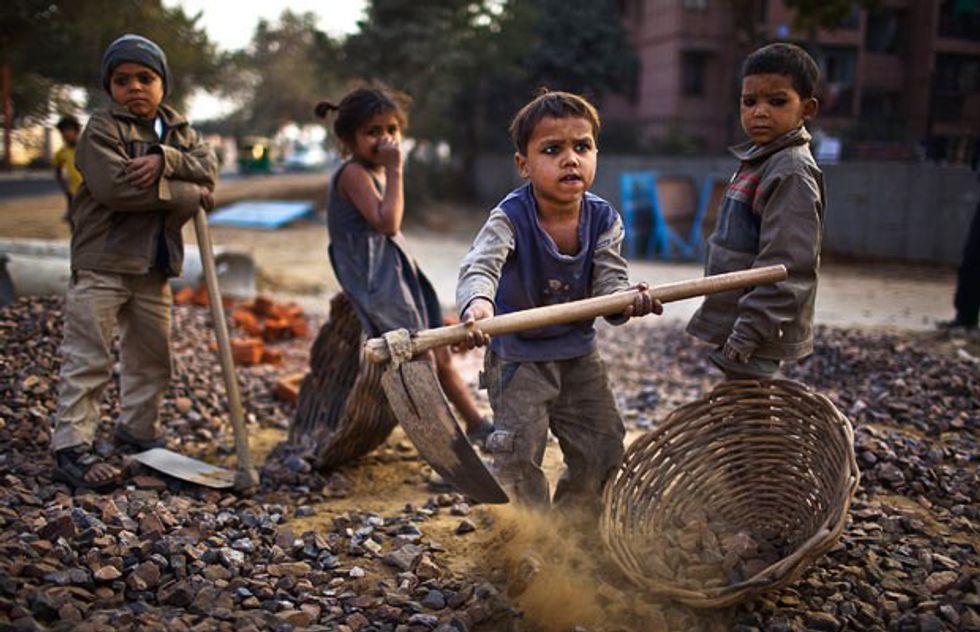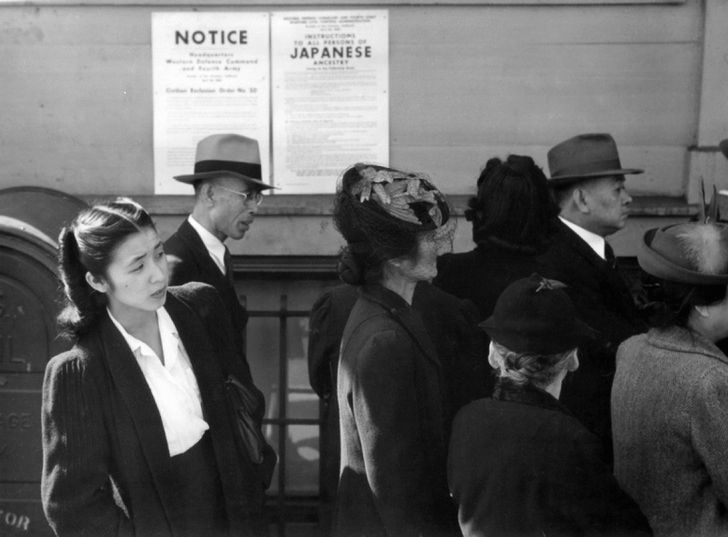Welding of copper-clad steel ground wire: hot-melt welding, generally butt welding, is carried out after laying, and "T" or "cross" type welding is used when there are branches and ground electrodes.
NewsSep 27, 2021
Construction Method of Exothermic Welding for Copper-clad Steel Ground Wire
We are a professional manufacturer of grounding conductors for lightning protection and earthing productions. Our main products are copper clad steel earth rod, copper clad copper clad ground wire, CCS cable, CCS flat bar and exothermic welding products.
Copper-clad steel products are now widely used in lightning protection and grounding projects. The connection of copper-clad steel products is inseparable from a simple and easy-to-operate exothermic welding process. The following is a detailed introduction of the construction of copper-clad steel products using exothermic welding method:
1. Straightness and bending of the grounding wire: The copper-clad steel ground wire is generally coiled, and it should be straightened by a special straightening machine. When straightening, avoid damage to the surface of the grounding wire and avoid twisting the grounding wire. In the construction of the grounding wire, the method of cold simmering should be used when bending is required.
2. Installation of the grounding wire: The installation location of the copper-clad steel ground wire should be reasonable, easy to check, and will not hinder the maintenance and operation of the equipment. The installation of the grounding wire should be beautiful to prevent the reduction of the cross-section and strength of the grounding wire due to the processing method. The distance between pieces should be 0.5~1.5m in the horizontal straight part; 1.5~3m in the vertical part; 0.3~0.5m in the turning part. The copper-clad steel ground wire should be laid horizontally or vertically, and it can also be connected to the building. The odor structure is laid in parallel; on the straight section, there should be no ups and downs and bending. When the grounding wire is laid horizontally along the building wall, the distance from the ground should be 250~300mm; the gap between the grounding wire and the building wall should be 10~15mm. When the copperweld ground wire crosses the expansion joint and settlement joint of the building, a compensator should be installed, and the compensator should also be replaced by the grounding wire itself bent into an arc.
3. Welding of copper-clad steel ground wire: hot-melt welding, generally butt welding, is carried out after laying, and "T" or "cross" type welding is used when there are branches and ground electrodes.
4. Backfilling: backfilling can be conducted when the grounding resistance has passed the test, and the inspection results meet the design and construction specification acceptance requirements. There should be no stones and construction waste in the backfilled soil; the soil taken from outside must not be strong, and it should be compacted in layers; the outdoor grounding backfill should have an anti-settling layer with a height of 100-300mm; in the rocky section or the soil section with high resistivity in the mountainous area, it should be backfilled at least 100mm in the trench. Then, lay the grounding body, and then tamp the backfill with the pure soil layer by layer.
11

















